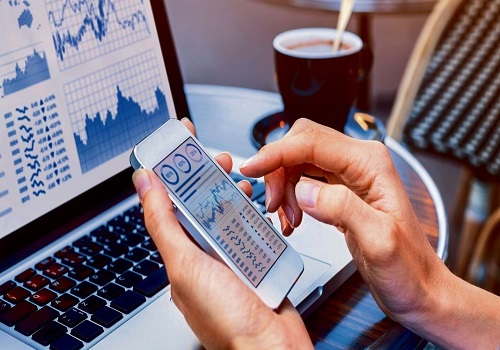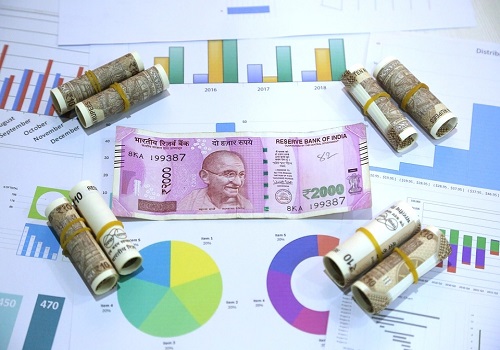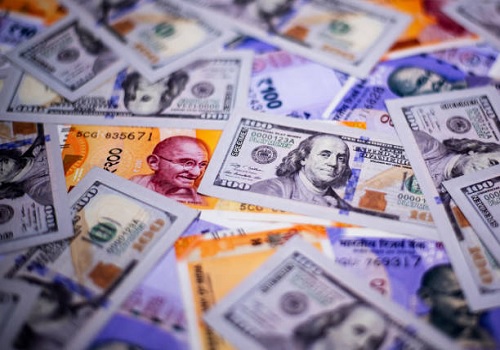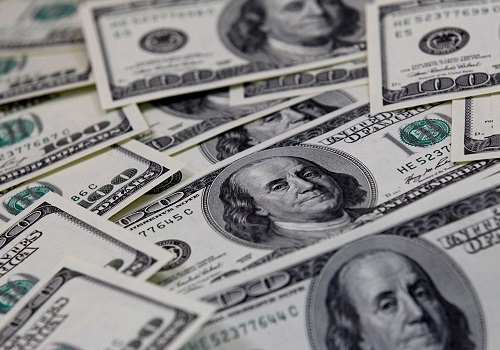Dollar edges up, investors weigh outlooks for rates and economy

Follow us Now on Telegram ! Get daily 10 - 12 important updates on Business, Finance and Investment. Join our Telegram Channel
The dollar edged up on Thursday, supported by a push higher in U.S. Treasury yields, as investors weighed the outlook for Federal Reserve policy against the chances that high interest rates could lead to a recession.
Next week brings a raft of major central bank decisions, including those from the Federal Reserve, the European Central Bank and the Bank of England.
The key question for traders and investors is whether inflation has reached a peak, giving policymakers more scope to deliver smaller interest-rate rises over the coming months.
U.S. monthly consumer inflation is also due next week, one day before the Fed's policy meeting on Dec. 14, and could be pivotal in setting longer-term expectations for monetary policy.
"U.S. CPI is the one data release that seems to really matter for broader dollar direction at the moment and, until we got those central bank meetings and one key monthly U.S. data release, not a great deal is happening," RBC currency strategist Adam Cole said.
The dollar was broadly steady against a range of major currencies. The euro was last flat against the greenback at $1.0507, while the pound eased 0.3% to $1.2171.
The yen, which is highly sensitive to shifts in U.S. Treasury yields, fell 0.25% to 136.90, surrendering some of Wednesday's 0.4% gain.
The yield on the 10-year Treasury has fallen almost continuously since hitting a 15-year high in late October, having shed almost a full percentage point. In fact, it's unwound around half the rise that took place between August's four-month lows and October's peak around 4.34%.
Meanwhile, oil prices have fallen below $80 a barrel for the first time since Russia invaded Ukraine in late February, as concern has mounted about how much a slowing economy will impact global energy demand.
Brent crude futures have dropped to around $78, having almost halved since early March's 14-year high of $139.13. Gasoline prices at the pump in the United States, which in June hit a record $5.016, according to the American Automobile Association, are now at $3.329, down 0.4% on where they were at this point last year.
With energy prices having receded, market-based expectations for inflation have relaxed as well. The 10-year breakeven inflation spread, which subtracts the yield on an inflation-linked Treasury from that on a nominal 10-year note, is at just 2.27%, having peaked above 3% in April.
These two forces, together with diminishing expectations for the Fed to keep raising interest rates at the same aggressive pace, have knocked 6.2% off the value of the dollar so far this quarter.
This has put the greenback on course for its worst quarterly performance since the third quarter of 2010, when it dropped 8.5%, but for its worst fourth-quarter performance since 2004, according to Refinitiv data.
"The price action continues to highlight that market participants are becoming less concerned over upside inflation risks and more concerned over downside risks to global growth," Lee Hardman, currency strategist at MUFG, said in a note.
The 10-year yield was last up 5 bps at 3.45%, having neared is lowest in almost three months overnight.
Money markets show there is a 91% chance that the policy-setting Federal Open Market Committee will raise rates by half a point next week, and just a 9% chance there will be another 75 basis point increase. Rates are now seen peaking at just below 5% in May.
Meanwhile, the yuan hovered close to an almost three-month high after China announced another loosening in some of its highly restrictive COVID restrictions.
The U.S. dollar edged 0.1% higher to 6.9670 yuan in offshore trading, clawing back some of its 0.34% decline from Wednesday, when the Chinese government announced a relaxation of some COVID-19 measures that have badly hampered the economy.












 320-x-100_uti_gold.jpg" alt="Advertisement">
320-x-100_uti_gold.jpg" alt="Advertisement">












